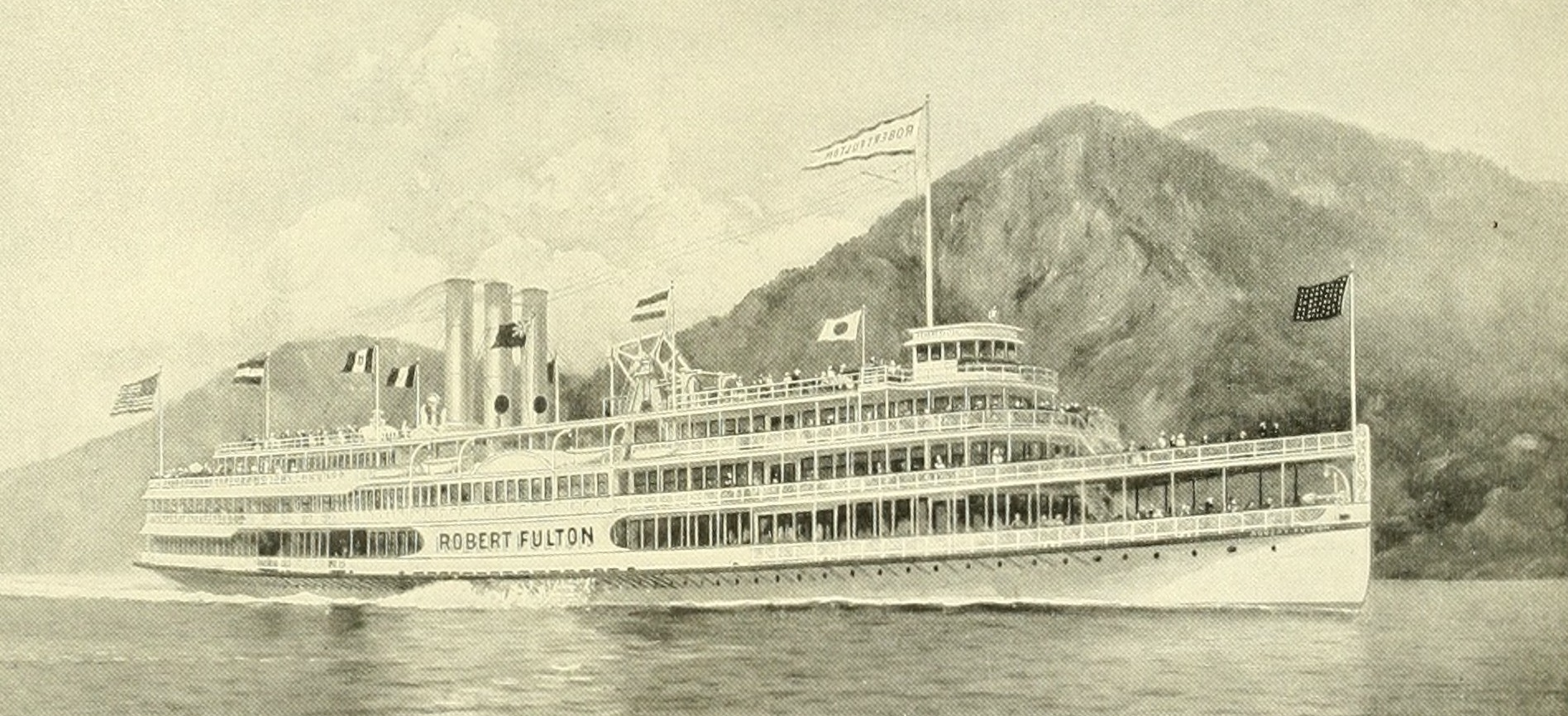(1939- ) Far ultraviolet camera and spectragraph. Deployed on the moon by Apollo 16 astronauts, it delivered breakthroughs in astronomy.
Frank Cepollina(1936- ) Satellite servicing techniques. As manager of NASA’s maintenance program for the Hubble Space Telescope, Cepollina uses his pioneering techniques to continually upgrade and renew the system.



